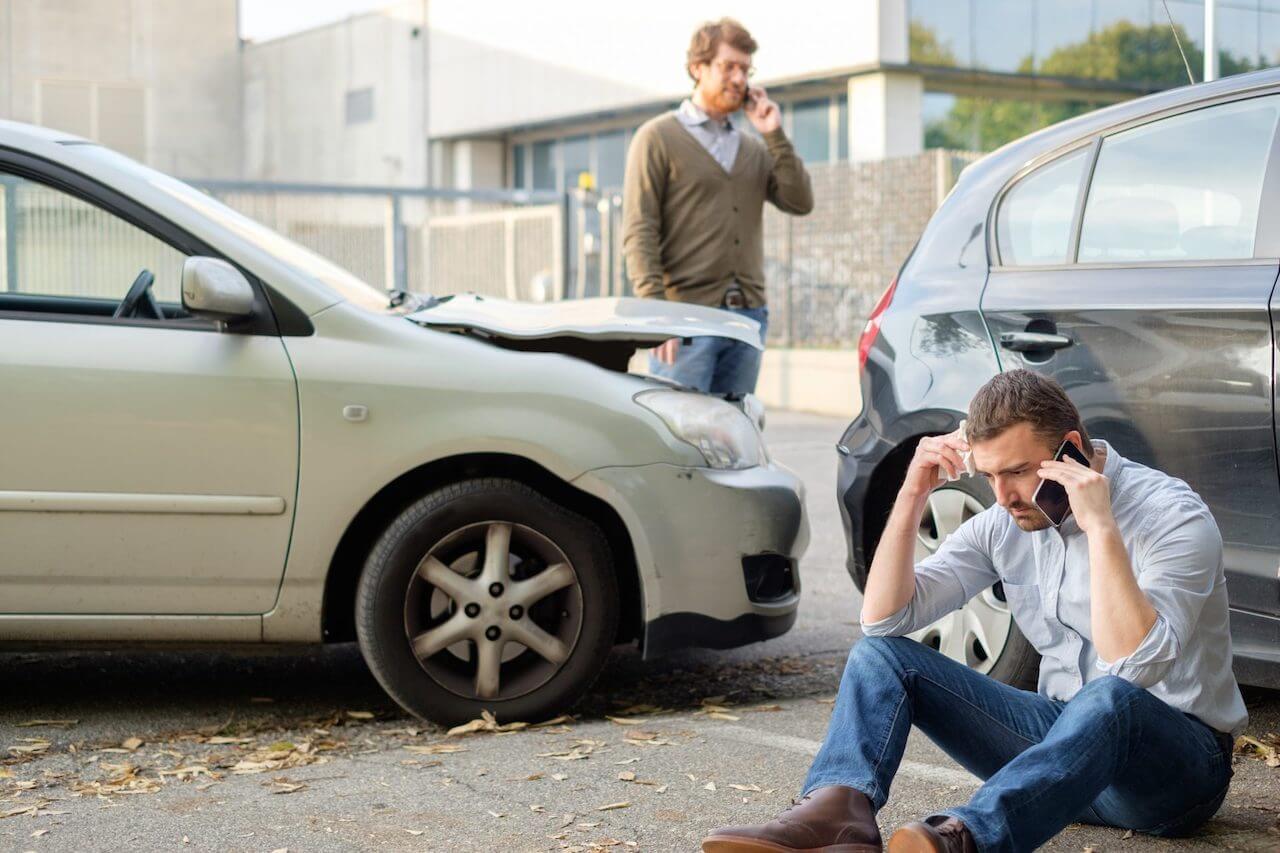Jill Overmyer
Staged accidents are a form of auto insurance fraud that usually involves knowing participants — a car driven by a scammer hits a car full of people who are in on the scam and who pretend to be hurt. The participants then milk insurance companies for claims payments.
In some cases, however, staged accidents target innocent drivers. This can raise your auto insurance rates and cost you money, so it’s important to recognize common signs of staged accidents and react accordingly.

Common staged accidents
Some of the most common staged accidents involving innocent drivers include:
- Distraction: It’s easy to get distracted while driving, and some accident stagers prey on that, according to the Insurance Information Institute. The scammer pulls in front of you, waiting until you’re distracted or looking down and then slams on the brakes, causing a rear-end collision. Your insurance foots the bill.
- Waving forward: Another scam occurs when trying to merge into traffic, according to the Coalition Against Insurance Fraud. The fraudulent driver waves you forward, then crashes into you and denies ever letting you in. Consequently, the accident almost always is deemed the innocent driver’s fault.
- Swoop and squat: Car A pulls in front of you, while Car B cuts Car A off and then speeds away. Car A slams on its brakes, causing a rear-end collision. You may try to explain that Car B was the cause of the accident, but by that time, Car B is nowhere to be found — and your auto insurance company is left to pay for the property damage and (often fabricated) injuries of those in Car A.
Warning signs of staged accidents
Staged accidents can lead to serious injuries and even death when they go wrong. Aside from these tragic outcomes, they can wreck victims’ auto insurance premiums. If you have an at-fault accident on your record, your insurance company will consider you a bigger risk and raise your premiums accordingly.
Here are some ways to fight back, according to the Coalition Against Insurance Fraud and the Insurance Information Institute.
- Be aware of your surroundings. Many staged accidents bank on you being distracted. Avoid tailgating, and watch the cars around you.
- Count the number of passengers in the other car. Many staged accident scams rely on “phantom” passengers and claims filed in their names. Record names and license numbers as well.
- Always call the police. Even fender-benders should be reported.
- Keep a close eye on the passengers. If they seem fine and then act injured when the police arrive, be wary.
- Keep a camera handy in your car. Take pictures of the other car and passengers.Certain demographics are more susceptible to becoming victims of staged accidents. Women and the elderly are more likely to be targeted, as they’re generally less likely to question whether fraud has occurred.
